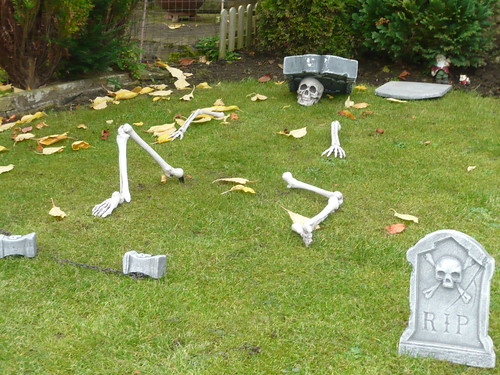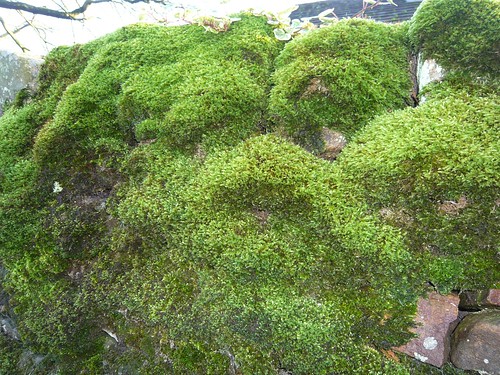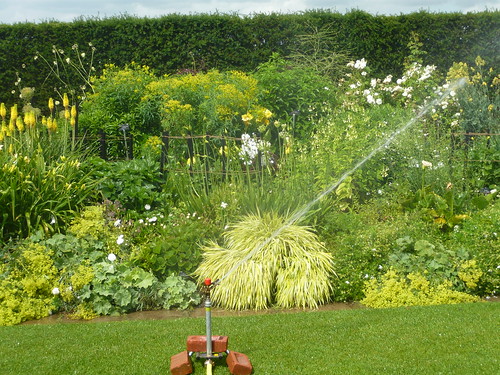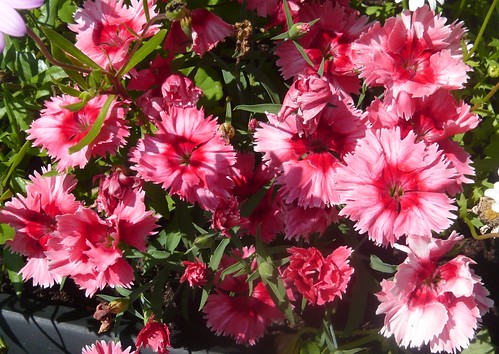Protecting Hostas from Slugs
Hostas should be renamed ‘Slug Food’
Every year my Hostas have been nibbled when young, eaten in Summer and decimated by Autumn.
Guess what I have done this year – yep I have potted them up into containers and so far so good (until the little devils learn to fly or crawl up the pot sides).
It is the little black slugs rather than the fat juicy brown slugs that do the most damage but knowing that won’t make you feel any better.














